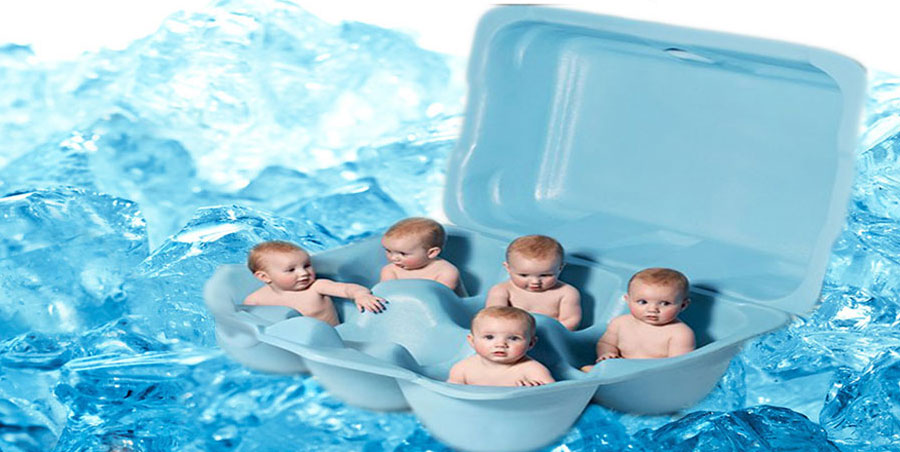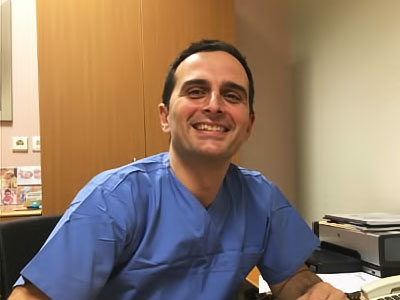The oocyte is the biggest cell in the human body and, perhaps, the most valuable. Every woman has a specific number of oocytes in her ovaries, which is defined early on during her fetal life. Their number decreases steadily until their depletion during menopause. The creation of new oocytes is impossible.
Oocyte cryopreservation is the indicated method for preserving the fertility of women of reproductive age. Until recently, however, survival rates after thawing were low. The wide use of vitrification during the last decade has made successful oocyte cryopreservation possible with a survival rate over 90%.
The same procedure is followed as with in vitro fertilization until the stage of oocyte retrieval. Thus, ovarian stimulation to produce supernumerary oocytes and transvaginal oocyte retrieval are performed. Following oocyte retrieval, the oocytes are examined in the embryological laboratory to assess their quality and maturity and are thawed on the same day. They can be preserved in the cryobank for practically unlimited time, although the time of preservation has been limited to ten years by Greek law. The most significant parameter which determines whether oocyte cryopreservation will lead to a future pregnancy is the woman’s age at the time of cryopreservation. To cite an example, the likelihood of a pregnancy after the thawing and fertilization of an oocyte of a 35-year old woman is around 17%. At 41 years of age, the probability of a woman conceiving is around 10%, whereas after the age 44 theprobability is lower than 5%.
Taking the above into consideration, we reach the following conclusions:
It is vital that an adequate number of oocytes is cryopreserved. Hence, oocyte cryopreservation in a natural cycle is not recommended. If an inadequate number of oocytes are retrieved during the first cycle, the procedure may be repeated.
It is of utmost importance that the procedure be performed as soon as possible. If it isn’t in your immediate plans to conceive, yet you are over 35 and concerned about fertility issues, now is the time to cryopreserve your oocytes. Finally, we should clarify that oocyte cryopreservation does not ensure a future pregnancy but is currently the best fertility preservation option.
The selection of the laboratory where cryopreservation will be performed should be based on the basic criterion of the experience of physicans and clinical embryologists in this procedure. Oocyte cryopreservation is not a routine procedure. Therefore, the team in which you will invest your hopes for a future family must have the required knowledge and experience.
The laboratory for assisted reproduction of the “Mitera” Maternity Clinic has been a frontrunner in implementing the embryo and oocyte vitrification technique since 2009, while it is one of the first Greek laboratories to have reported a childbirth following the fertilization of cryopreserved oocytes. The Cryobank of the Department for Assisted Reproduction is located inside the hospital premises and is ISO-certified, thus ensuring optimal conditions of safe storage.








